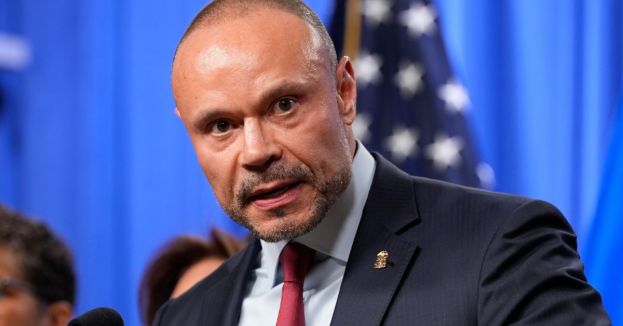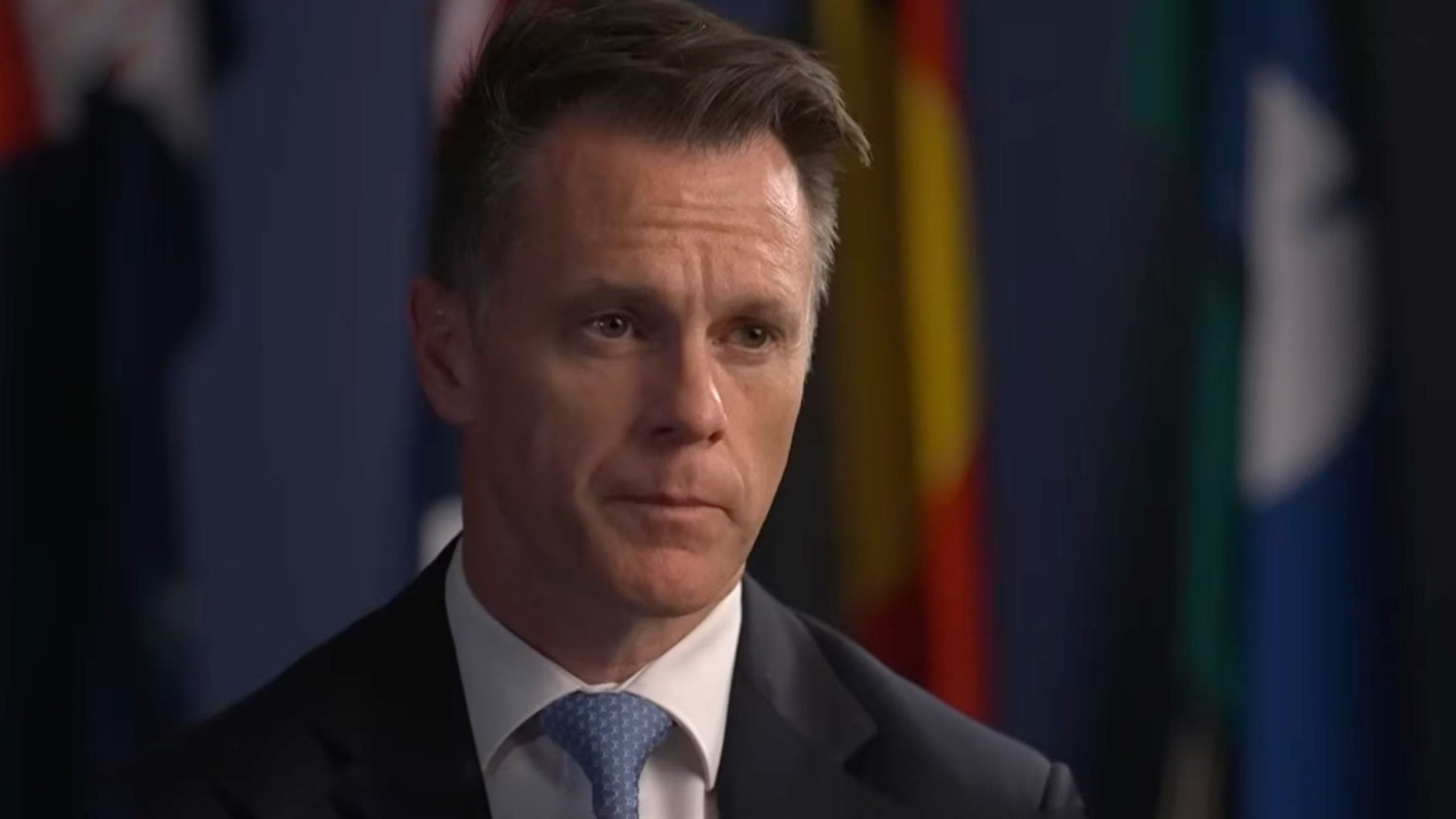
reactormag.com
Five Scary Short Stories That Read Like Urban Legends
Books
reading recommendations
Five Scary Short Stories That Read Like Urban Legends
When dark rumors, local legends, and disturbing memes suddenly become all too real…
By Lorna Wallace
|
Published on December 18, 2025
Photo by William Nettmann [via Unsplash]
Comment
0
Share New
Share
Photo by William Nettmann [via Unsplash]
The first time I ever heard an urban legend, I was about 5 or 6 years old. My older brother and I each had a few friends staying over and while we sat in the dark, one of his friends told us a story called “Humans Can Lick Too.” It’s about a woman who lets her dog lick her hand for comfort when she hears a creepy dripping noise in the night. If you’ve not heard it before, I’m sure you can guess how it ends based on the title.
It was one of my earliest experiences of horror and while I was suitably terrified, I was also captivated. In that spirit, here are five spooky short stories that manage to perfectly capture the creepily compelling feel of an urban legend…
“each thing i show you is a piece of my death” (2009) by Gemma Files and Stephen J. Barringer
Although urban legends are often most effective when they’re whispered between friends or shared aloud with a gathering (maybe at a sleepover), “each thing i show you is a piece of my death” is perfectly suited to being read because it unfolds through articles, emails, chat logs, and interviews. The mixed media story kicks off with an article explaining an urban legend known as “Background Man.” Essentially, a naked man keeps popping up in the background of obscure movies. Originally “Background Man” was thought to be a hoax, but the unclothed figure has been appearing more prominently in an ever-increasing number of films, TV shows, and music videos, leading to the legend being taken more seriously.
Experimental filmmakers Soraya Mousch and Max Holborn find themselves caught up in the mystery surrounding “Background Man.” But although they’re treated as suspects by the police, they’re just as haunted by the unsettling phenomenon as everyone else.
This story was first published in Clockwork Phoenix 2: More Tales of Beauty and Strangeness (2009), but can also be found online at the link above, in The Cutting Room: Dark Reflections of the Silver Screen (2014), and in Dark Is Better (2023).
“Thirteen” (2013) by Stephen Graham Jones
The teenage protagonist of “Thirteen” lives in a small town that’s home to an urban legend surrounding the Big Chief Theater. According to local lore, at that cinema there’s a trick to thinning the veil between the world of the movie and the real world, allowing fiction to bleed into reality. All you have to do is close your eyes during the scariest part of the film—this trick is said to be exclusive to horror movies—and then hold your breath for two minutes.
It’s a simple idea pulled from childhood—I’m sure most of us were told at some point that we had to hold our breath passing a graveyard or going under a bridge for whatever superstitious reason—but in Stephen Graham Jones’ hands it becomes something far more creative and sinister.
An audio version of this story read by Jones himself is available online at the link above, but if you’d prefer to read it with your own eyes then you can find it in Halloween: Magic, Mystery, and the Macabre (2013) and After the People Lights Have Gone Off (2014).
“Only Unity Saves the Damned” (2014) by Nadia Bulkin
Bay, Roz, and Lark are three outcasts who have big plans to get out of their small—and, in their eyes, dead-end—hometown. They decide to shoot a video at Goose Lake which supposedly catches Raggedy Annie—an alleged witch who was hanged by the townspeople hundreds of years earlier—on film. Tales of Raggedy Annie haunting the town and the lake have been circulating for years and many people are convinced that this footage finally proves that the stories are real.
But while the three friends should be enjoying their viral moment, their lives take an unfortunate turn for the genuinely creepy. Maybe it’s not Raggedy Annie they should be looking out for, though…
This story was first published in Letters to Lovecraft: Eighteen Whispers to the Darkness (2014), but it can also be found in Nadia Bulkin’s collection She Said Destroy (2017) and online at the link above.
“You Know How the Story Goes” (2018) by Thomas Olde Heuvelt
There are many urban legends about picking up hitchhikers in the dead of night (essentially, don’t do it!), but Thomas Olde Heuvelt flips the script in “You Know How the Story Goes” by having the hitchhiker be the protagonist.
Our main character is drinking at a bar and decides not to get a lift home with his friend—the designated driver—in the hopes of spending the night with a pretty girl. He fails. Faced with a long and cold walk home, he decides to try his hand at hitchhiking. The first lift he gets goes off without a hitch, but the strange woman who picks him up for the next leg of the journey takes him on the most terrifying ride of his life.
The English version of this scary supernatural story can be read right here at Reactor (link above!).
“The DEATH/GRIP Challenge” (2020) by Johnny Compton
As a lover of movies that are so-bad-they’re-good, I deeply wish that I could watch DEATH/GRIP—the fictional film that kicks off the events of this story. Teenager Alicia and her dad Benito bond over their shared enjoyment of not only the movie, but also of the meme challenge that it spawns. All people need to do is taken a picture of one of their hands restraining the other while reaching for something funny and add some text to accompany it, always ending with a quote from the movie: “IT’S NOT ME, IT’S THE DEATH/GRIP!”
When Benito gets a job at his brother’s office—which is not a working environment that he’s used to, being more of a hard hat kind of guy—he starts sharing increasing numbers of DEATH/GRIP Challenge memes to get through the day. It doesn’t take long for Alicia to start getting seriously worried about his growing obsession with the memes. There’s a good amount of humor in this short story thanks to the memes themselves, but that doesn’t take away from the horror, which really ramps up towards the end.As well as at the link above, you can also find this story in Johnny Compton’s collection Midnight Somewhere (2025).
Have you got any recommendations of short stories that feel like urban legends? Whether it’s a new spin on a classic tale or an original story that has that happened-to-a-friend-of-a-friend feel to it, I’d love to hear your suggestions below![end-mark]
The post Five Scary Short Stories That Read Like Urban Legends appeared first on Reactor.
















